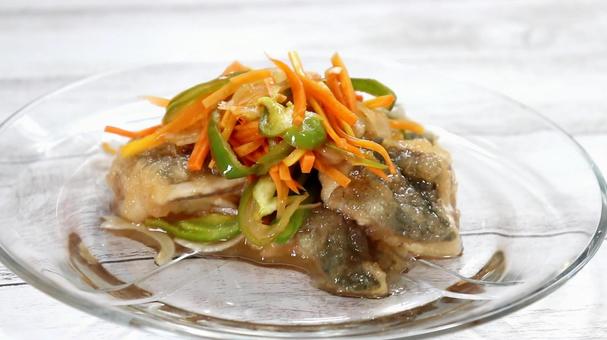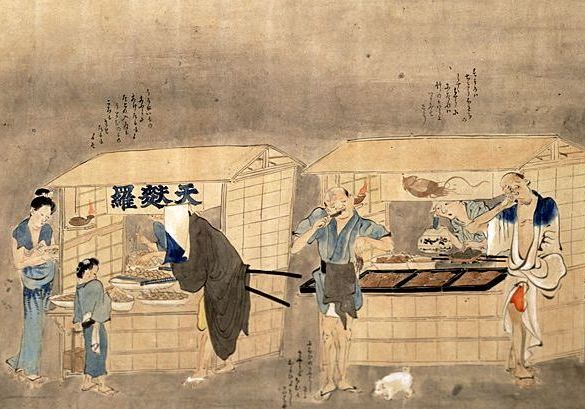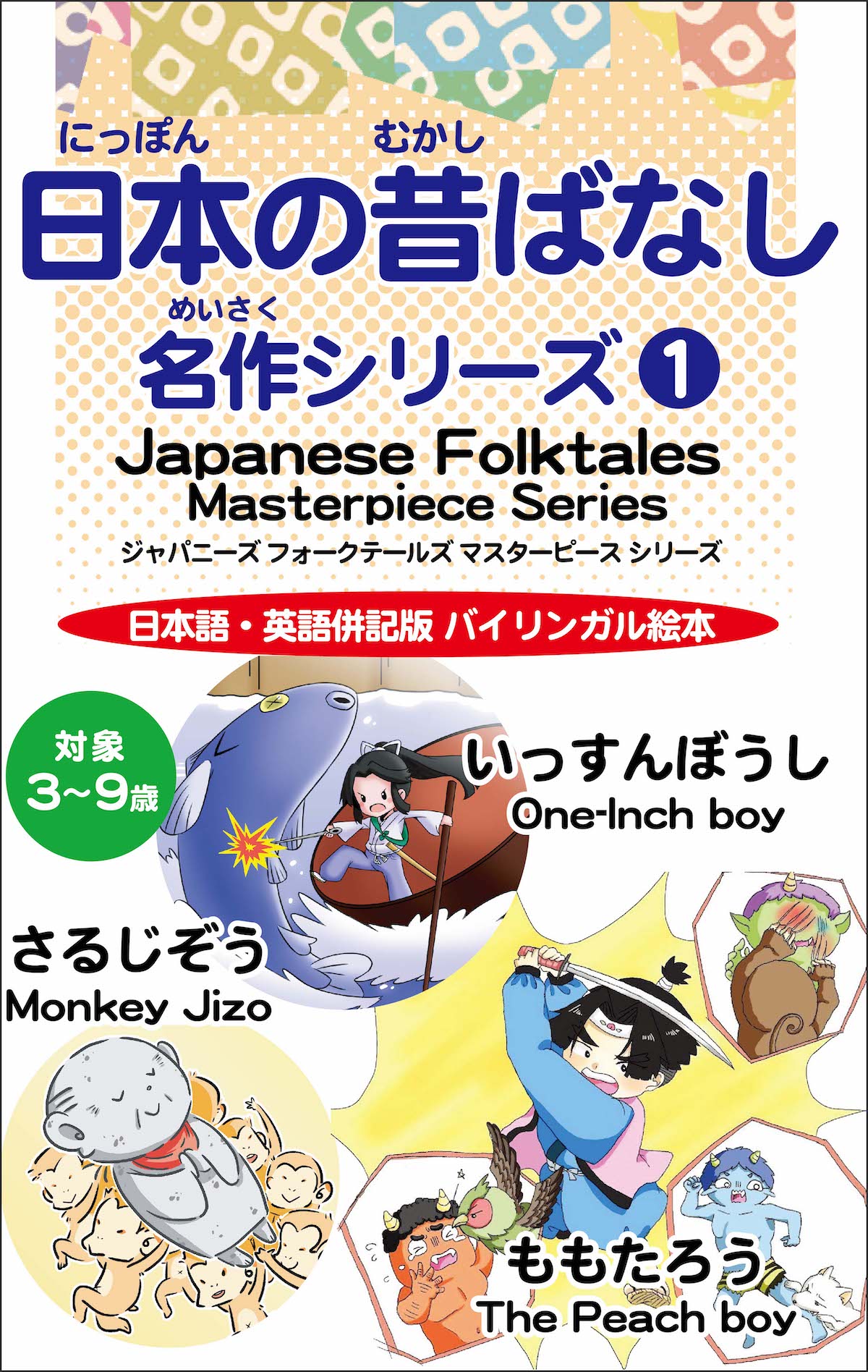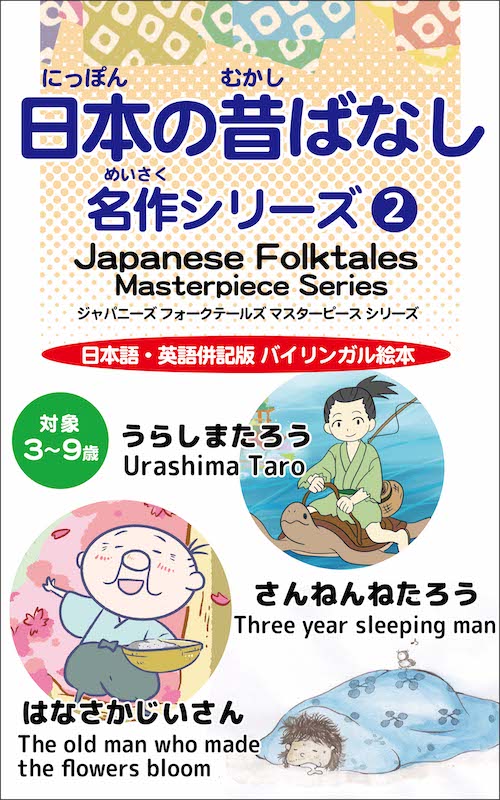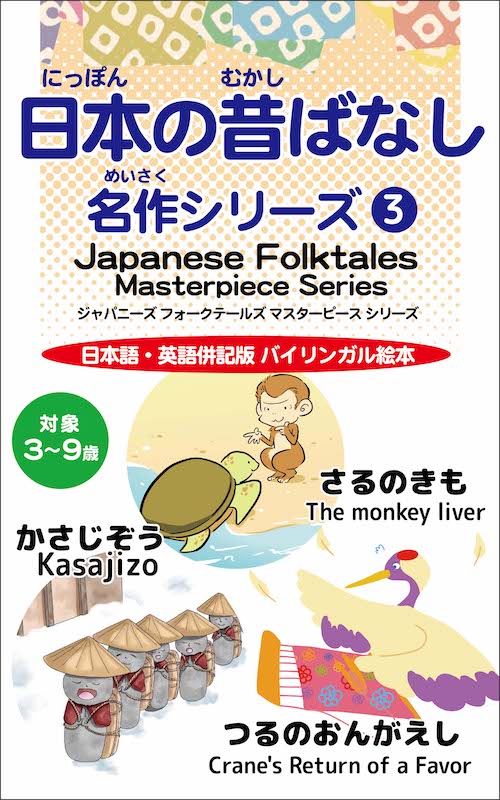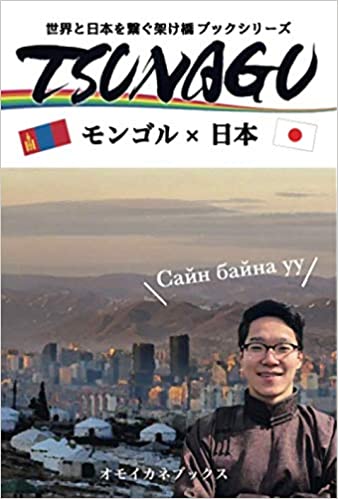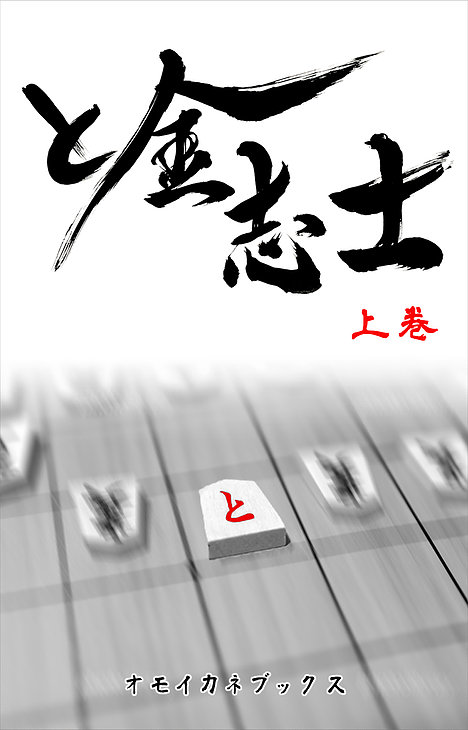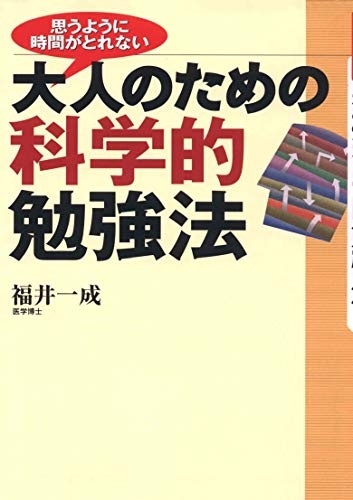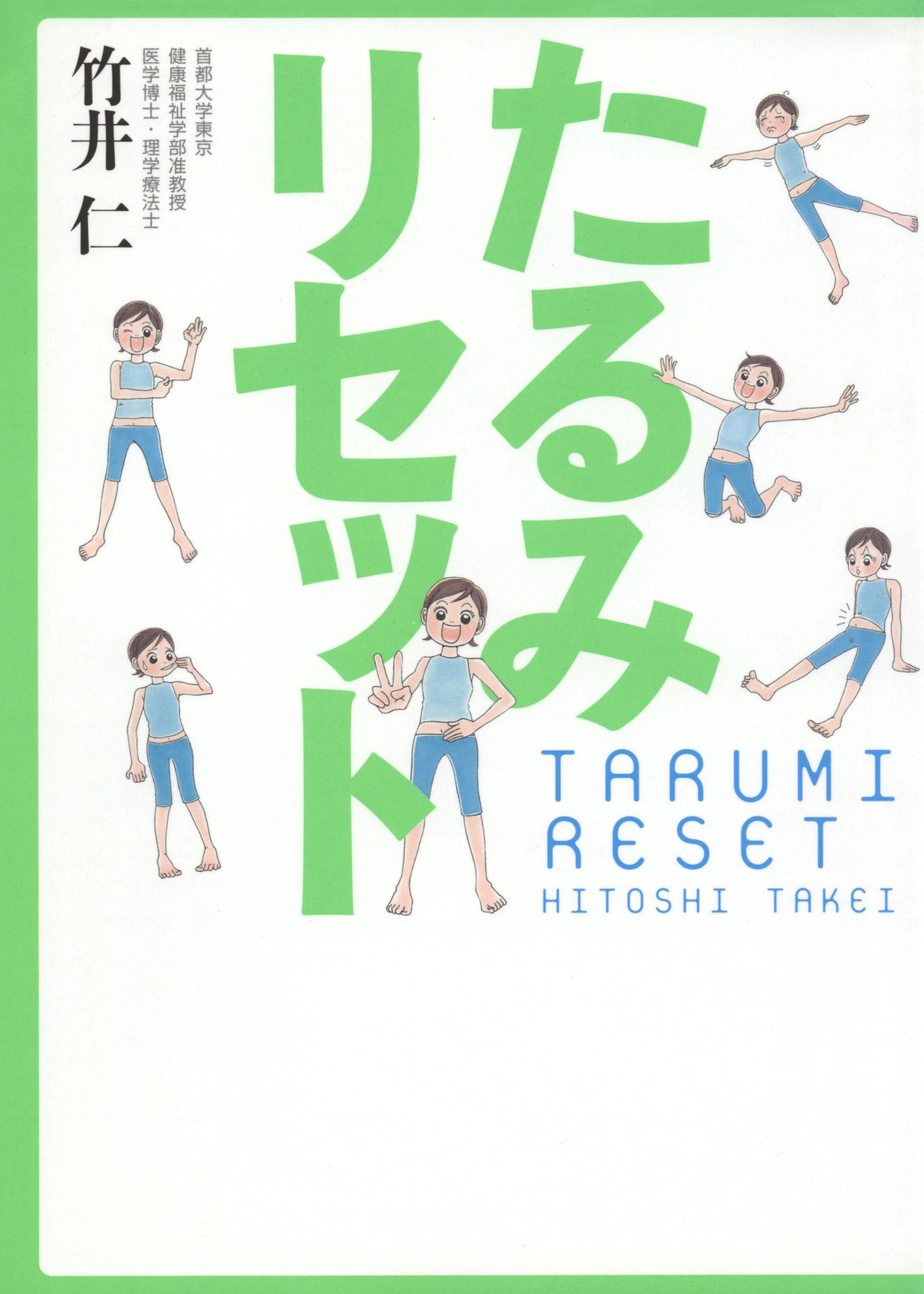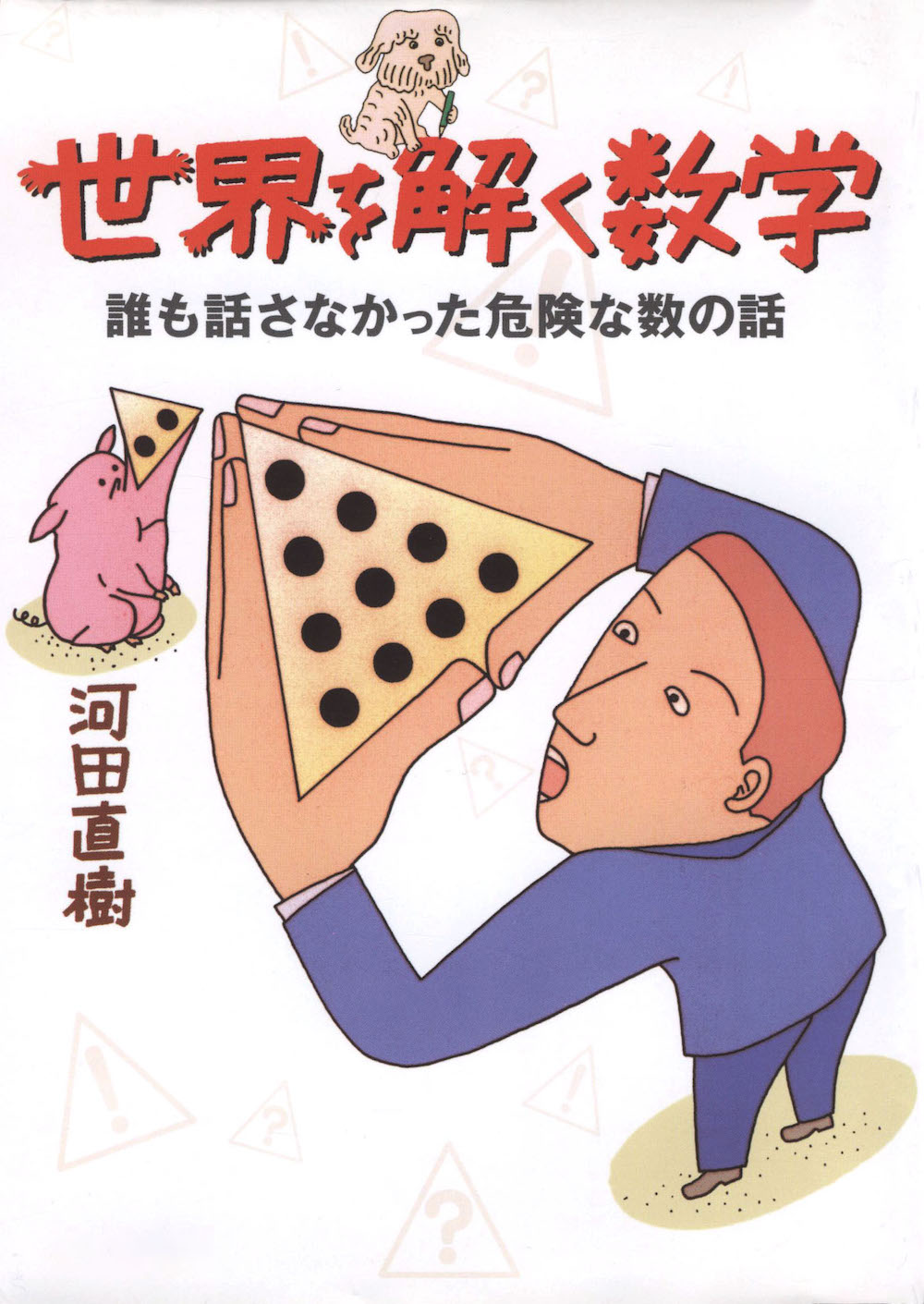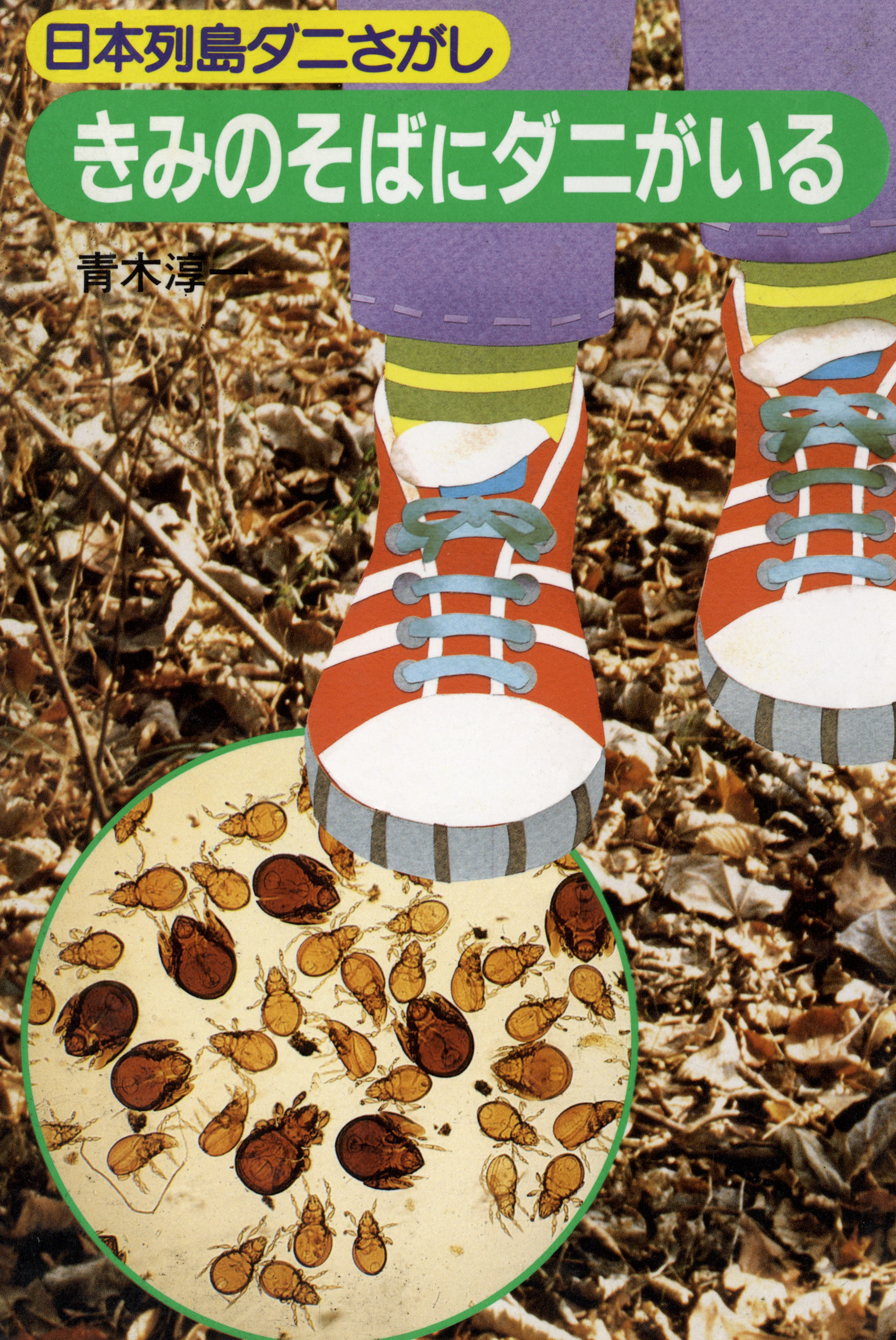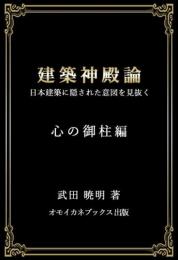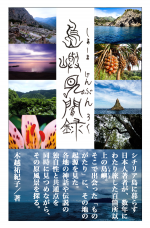現代文化のルーツを探る⑪ 天ぷら
公開日:
:
現代文化のルーツ
【English after Japanese】
みなさんよくご存知の天ぷら。えび、いかなどの魚介類や肉類、いろいろな野菜を天ぷらにして食べると美味しいですよね。かき揚げもいいですねー。最近では某うどんチェーン店が、うどんと一緒に好みの天ぷらをセルフサービスで選べるスタイルを展開していますね。あれ、ついつい取りすぎちゃうんですよね、、、。
外食でも家の食卓でも重宝される天ぷら。天ぷらはポルトガル人によって日本に伝えられたという話を聞いたことはありませんか?天ぷらの名前の由来は、ポルトガル語の「Tempero(調味料)」「Temporas (四季に行う斎日)」からきているという説があります。しかし、実は天ぷらはそもそもポルトガル料理ではなく、そのルーツは6世紀中頃のペルシアにあるといわれています。
ホスロー1世アヌーシールワーン(501~579年)は、ササン朝ペルシア帝国のシャーハーンシャー(王の王)で、彼の好物はシクバージと呼ばれる、甘酸っぱい牛肉の煮込み料理だった。
シクバージの詳細はレシピによって異なるが、いずれにしても具だくさんの牛肉の煮込み料理だ。鶏や仔羊が入ることも多く、たくさんの種類の香草と、ときにはいぶした木のチップで風味付けをして、必ず大量の酢で漬けてある。ぴりっとした風味のある酢は、バビロニアの時代から優れた保存食としても知られていた。(中略)シクバージは速やかにイスラム世界を席捲した。おそらく船乗りたちが好んだ食べ物だったからだろう。彼らはふつうの人々より保存食に頼ることが多いからだ。(中略)肉ではなく魚のシクバージを最初に作ったのは、こうした船乗りだったのかもしれない。
引用元『ペルシア王は「天ぷら」がお好き?』(ダン・ジェラフスキー・著、小野木明恵・訳/早川書房・刊)
10世紀にはすでに魚のシクバージが作られていたようですが、最初のレシピとして見つかったのは13世紀のエジプトで、小麦粉をまぶしてから揚げた魚を、酢とハチミツと香辛料で味付けしたものだそうです。元々は煮込み料理だった魚のシクバージのレシピが、地中海を通して西へ広がるにつれて、料理名とレシピが変容していったのです。
1500年代初めのスペインとポルトガルでは、シクバージから派生したと考えられる揚げた魚に酢をかけて食べる料理、「エスカベーチェ」や「ぺスカド・フリート」がありました。日本でいうところの「南蛮漬け」ですよね。スーパーでもよく見かけます。この「ぺスカド・フリート」が室町時代にポルトガルのイエズス会によって日本に持ち込まれました。これが日本での天ぷらの始まりと考えられています。もう1つ「長崎天ぷら」が日本の天ぷらの起源という説もあり、安土・桃山時代にポルトガル人が長崎に伝えたといわれています。
1639年頃に完成した、ポルトガル料理とスペイン料理のレシピを日本語で紹介する『南蛮料理書』には、衣をつけて揚げた魚のレシピが載っていたそうです。当時の衣は、水を使わずに小麦粉、卵、酒、砂糖、塩を混ぜたもので、厚いフリッター状でした。今でも輸入食材のお店で売っているフリット粉には、うっすら塩味が効いていますね。この頃の日本で油はとても貴重なものでした。そのため、油を大量に使う天ぷらは高級品で、庶民の口に入ることは滅多にありませんでした。
では、いつ頃から庶民も天ぷらを楽しめるようになったのでしょう?
江戸時代初期になると日本での油の生産量が増え、天ぷらは徐々に庶民の間にも広まっていきました。この頃同様に広まったのが屋台です。寿司、そば、うなぎなど、様々な屋台が登場する中で、天ぷらも人気が高まっていきます。天ぷらの立ち食い屋台では、天ぷらを串に刺したで食べていたそうです。今の串揚げのようなスタイルですね。
江戸に広まった江戸天ぷらは、天つゆと大根おろしをつけて食べるスタイルでした。現代のように衣を薄くカリッと揚げるためには結構な技術が必要。当時は衣が厚く時間をかけてじっくりと火を通していました。そこで、天ぷらを美味しく食べるために考え出されたのが、天つゆと大根おろしの組み合わせだったんですね。天つゆと大根おろしが、油っこい天ぷらをさっぱりした味に変えてくれるというわけです。
天ぷらが文献に初めて登場するのも江戸時代です。
最初に「てんぷら」の名前が記されたのは、1669年の「料理食道記」。現在の天ぷらと思われる料理法が最初に登場するのは1748年に刊行された「歌仙の組糸」です。庶民の味として広がった天ぷらは、江戸時代後期から明治時代にかけて専門店や料亭が登場したことで、高級料理としての地位も確立していきます。もともと江戸の料理だった天ぷらは、大正12年(1923年)の関東大震災をきっかけに全国に広まっていきます。震災で職を失った職人たちが日本各地に移り住み交流することで、江戸の天ぷらが全国に広まりました。
昭和初期は油が高価だったため、天ぷらは特別な日に食べる料理になります。また戦後の食糧難時代には、とても贅沢な料理となりました。戦後高度経済成長期になると、食用油脂の生産量が増加し、日本人の油や脂肪摂取量が急速に増加します。この頃には家庭でも手軽に油で揚げる料理が作れるようになり、天ぷらが一般家庭の食卓に登場するようになりました。
普段何気なく食べている天ぷらですが、実はペルシアからポルトガルを辿り、日本に伝わってきたものだったんですね。ぜひ海外の方と天ぷらを食べる機会があったら、天ぷらのルーツ話しで盛り上がりましょう!
【In Engish】
Tempura is something that everyone is familiar with. Tempura is a delicious way to eat seafood such as shrimp and squid, meat, and various vegetables. Kakiage is also good. Recently, a certain udon chain has introduced a self-service style where you can choose your favorite tempura along with your udon. I tend to take too much of that…
Tempura is very useful both in restaurants and at home.
Have you ever heard of the story that tempura was introduced to Japan by the Portuguese?
There is a theory that the name “tempura” comes from the Portuguese words “Tempero” (seasoning) and “Temporas” (days of celebration during the four seasons). In fact, however, tempura is not a Portuguese dish at all, but has its roots in Persia in the middle of the 6th century.
King Khosrow I Anoushirwan (501-579) was the Shahanshah (King of Kings) of the Sasanian Persian Empire, and his favorite dish was a sweet and sour beef stew called Sikhbaj.
The details of sikh bhaji vary from recipe to recipe, but in any case, it is a stew of beef with many ingredients. It is often made with chicken or lamb, flavored with a variety of herbs and sometimes charred wood chips, and always marinated in a large amount of vinegar. Vinegar, with its pungent flavor, has been known as an excellent preservative since Babylonian times. Sikh bhaji quickly took over the Muslim world. Probably because it was the favorite food of sailors. They rely more on preserved food than most people. It may have been these sailors who were the first to make sikh bhaji, a fish instead of meat.
Quotes from “Do Persian Kings Like ‘Tempura’? (Dan Jelavsky, author, translated by Akie Onoki, published by Hayakawa Shobo)
It seems that fish sikbaj was already being made in the 10th century, but the first recipe found was in Egypt in the 13th century, where the fish was dusted with flour and then deep fried, seasoned with vinegar, honey and spices.
Originally a stew, the name and recipe for fish shikbaj changed as the dish spread westward through the Mediterranean.
In Spain and Portugal in the early 1500s, there were dishes such as “escabeche” and “pescado frito,” fried fish served with vinegar, which are thought to have been derived from sikbaj. It’s what we call “nanbanzuke” in Japan. It is often seen in supermarkets.
This “pescado frito” was brought to Japan by the Portuguese Jesuits in the Muromachi period (1336-1573). This is thought to be the beginning of tempura in Japan. There is another theory that “Nagasaki Tempura” is the origin of tempura in Japan, and it is said that the Portuguese brought it to Nagasaki during the Azuchi-Momoyama period.
The Nanban Ryouri Sho, a book of Portuguese and Spanish recipes in Japanese, completed around 1639, included a recipe for battered and deep-fried fish.
The batter at that time was a thick fritter-like mixture of flour, eggs, sake, sugar, and salt without water. Even today, the fritter flour sold in imported food stores has a slightly salty taste to it.
In those days, oil was very precious in Japan. For this reason, tempura, which requires a lot of oil, was a luxury item and was rarely eaten by the common people.
So when did the common people start to enjoy tempura?
In the early Edo period (1603-1868), the amount of oil produced in Japan increased and tempura gradually spread to the common people.
Similarly, yatai (food stands) spread at this time. Sushi, soba, unagi (eel), and many other food stalls appeared on the scene, and tempura also grew in popularity. At the tempura food stalls, tempura was eaten on skewers. This style is similar to today’s shish-kebabs.
Edo tempura, which spread to Edo, was served with tentsuyu and grated daikon. It takes a lot of skill to fry the batter as thin and crispy as it is today. In those days, the batter was thick and took time to cook slowly. So the combination of tentsuyu and grated daikon was thought up to make tempura more delicious. The combination of tempura sauce and grated daikon turns oily tempura into a refreshing taste.
Tempura first appeared in literature in the Edo period (1603-1868).
The first mention of the name “tempura” was in the “Ryouri Shokudo-ki” in 1669. The first mention of the cooking method we think of today as tempura was in the book “Utasen no Kumito” published in 1748.
Tempura spread as a taste of the common people, but with the appearance of specialty restaurants and ryotei (traditional Japanese restaurants) from the late Edo period to the Meiji period, it also established itself as a luxury cuisine. Originally an Edo cuisine, tempura spread nationwide after the Great Kanto Earthquake in 1923. Artisans who lost their jobs in the earthquake moved to different parts of Japan and interacted with each other, which led to the spread of Edo tempura throughout the country.
In the early Showa period (1926-1989), oil was expensive, so tempura became a dish to be eaten on special occasions. It also became a very luxurious dish during the food shortage period after the war. In the post-war period of high economic growth, the production of edible oils and fats increased, and Japanese people’s intake of oil and fat rapidly increased. At this time, it became easy to make fried dishes at home, and tempura began to appear on the dinner tables of ordinary households.
Tempura, which we usually eat without thinking about it, was actually introduced to Japan from Persia via Portugal. If you have a chance to eat tempura with people from overseas, let’s have a good time talking about the roots of tempura!
関連記事
-
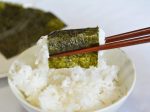
-
現代文化のルーツを探る㉝ 海苔
2021/05/18 |
皆さん海苔はお好きですか? おむすびや海苔巻き、おもちに巻いたり、蕎麦やラーメンに乗せたり、そのま...
-
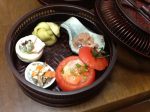
-
現代文化のルーツを探る⑫ 懐石料理
2021/02/16 |
皆さんこんにちは。オモイカネブックスの岩瀬です。オモイカネブックスは、日本の文化や歴史などを本を通じ...
-

-
現代文化のルーツを探る㉛ 菖蒲湯
2021/04/30 |
5月5日端午の節句が近づいてくると、スーパーには「菖蒲」が並びますね。 普段はほとんど見ることのな...
-

-
現代文化のルーツを探る㉒ お食い初め
2021/03/24 |
皆さんお食い初めの記憶はありますか? ないですよね(笑)あったらびっくりです。お子さんがいらっしゃ...
- PREV
- 現代文化のルーツを探る⑩ 寿司
- NEXT
- 現代文化のルーツを探る⑫ 懐石料理

